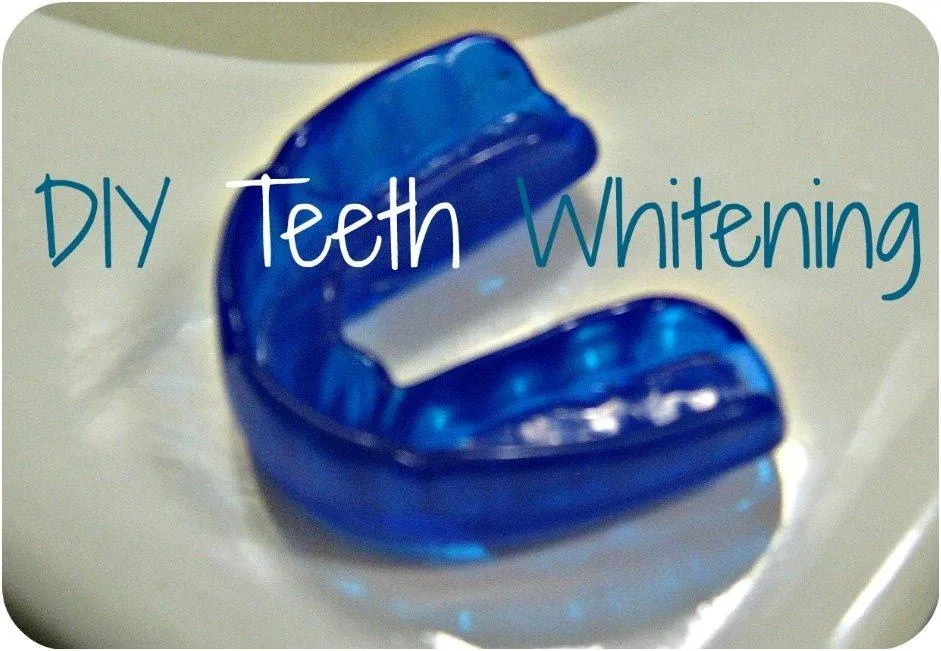What is Teeth Whitening
Teeth whitening, also known as tooth bleaching, is a cosmetic dental procedure designed to lighten the shade of your teeth. The primary goal is to remove stains and discoloration, resulting in a brighter and more aesthetically pleasing smile. This process works by using bleaching agents to break down the stains into smaller pieces, making them less concentrated and therefore, less visible. The effectiveness of teeth whitening can vary depending on the type of stains, the chosen method, and individual tooth characteristics. There are several different types of teeth whitening available, ranging from over-the-counter products to professional treatments provided by dentists. Each method has its own set of advantages, disadvantages, and considerations, making it essential to understand the available options to determine the best approach for achieving desired results.
Types of Teeth Whitening
Teeth whitening options are broadly categorized into at-home and professional methods. At-home options offer convenience and affordability, while professional treatments provide more significant and often faster results. Understanding the differences between these types can help you make an informed decision on the best path to a brighter smile. The choice often depends on individual preferences, the severity of staining, and budget constraints. Many individuals start with at-home methods and later consider professional treatments if they desire more dramatic results or if at-home methods prove insufficient. Furthermore, professional treatments are often recommended for more severe cases of discoloration or for teeth with intrinsic stains that are difficult to address with over-the-counter products. Combining at-home and professional treatments can also be a successful strategy to enhance and maintain whitening results over the long term.
At-Home Teeth Whitening Options
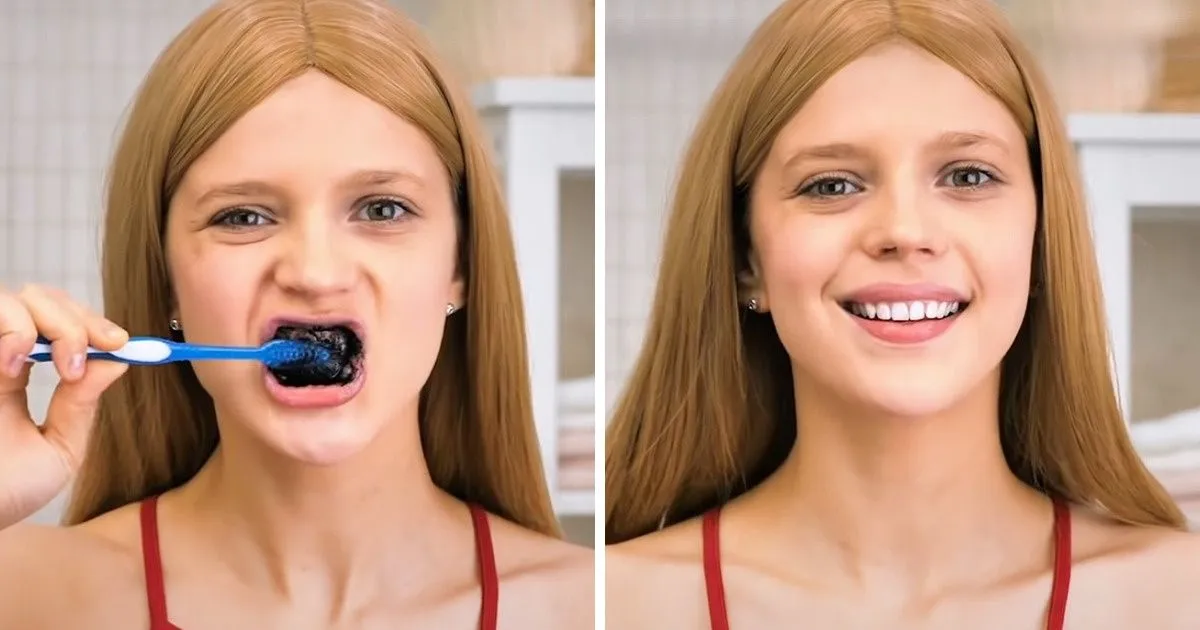
At-home teeth whitening products are readily available and offer a convenient way to brighten your smile. These products typically contain lower concentrations of bleaching agents than professional treatments, making them safer for unsupervised use. However, it is important to follow the manufacturer’s instructions carefully to achieve the best results and minimize potential side effects. Common at-home options include whitening toothpastes, strips, and custom-fitted trays with bleaching gel. Each of these methods varies in terms of application, duration, and effectiveness, so it’s crucial to choose the product that best suits your needs and preferences. While these methods can effectively remove surface stains and lighten teeth, they may not always address deeper discoloration as effectively as professional treatments.
Whitening Toothpastes
Whitening toothpastes contain mild abrasives and chemical agents that help remove surface stains from your teeth. They are a good option for maintaining the brightness of your teeth after professional whitening or as a daily maintenance step. The abrasives gently scrub away stains caused by food, drinks, and tobacco, while the chemical agents, such as hydrogen peroxide or carbamide peroxide, can help to lift stains and slightly lighten the enamel. While whitening toothpastes can improve the appearance of your teeth, they typically do not significantly alter the intrinsic color of the teeth. Consistent use of a whitening toothpaste can help to prevent future staining, and they are generally considered safe for everyday use, as long as you choose a product that does not contain harsh abrasives that can damage tooth enamel.
Whitening Strips
Whitening strips are thin, flexible strips coated with a peroxide-based bleaching agent that adhere to your teeth. These strips are applied to the teeth for a specified amount of time each day, allowing the bleaching agent to penetrate the enamel and lift stains. Whitening strips are generally considered more effective than whitening toothpastes because they contain a higher concentration of the bleaching agent, delivering more noticeable results. The convenience of whitening strips makes them a popular choice for those seeking an easy-to-use and affordable option. It is essential to follow the manufacturer’s instructions carefully when using whitening strips, as overuse or incorrect application can lead to tooth sensitivity or gum irritation. Results typically become visible within a few days, and the overall whitening effect can last for several months depending on your habits.
DIY Teeth Whitening Methods
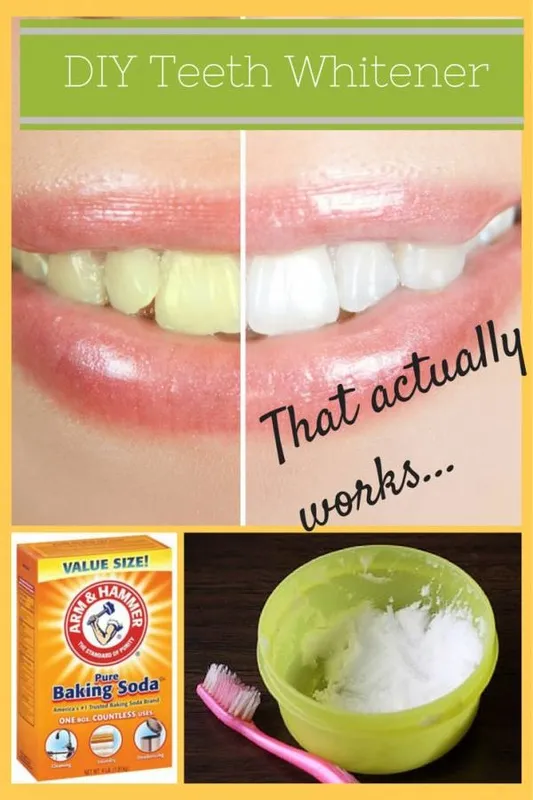
DIY teeth whitening methods involve using household ingredients to lighten your teeth. While these methods may seem like a cost-effective alternative to professional treatments, it is essential to approach them with caution. Many DIY methods lack scientific evidence to support their effectiveness and, in some cases, can cause damage to tooth enamel and gums. Always consult with a dentist before trying any DIY teeth whitening method to ensure it is safe for your oral health. If you choose to try a DIY method, do so with moderation and be aware of potential risks. Monitoring your teeth for any signs of sensitivity or damage is crucial, and stop use immediately if you experience any adverse effects. Consulting with your dentist can help you assess the safety of DIY options and discuss more effective and safer alternatives.
Baking Soda and Hydrogen Peroxide
Using baking soda and hydrogen peroxide is a popular DIY teeth whitening method. The idea behind this method is that baking soda acts as a mild abrasive to remove surface stains, while hydrogen peroxide, a mild bleaching agent, helps to lighten the enamel. To use this method, you create a paste by mixing baking soda with hydrogen peroxide and then gently brush your teeth with the paste. While this method may provide some temporary whitening effects, it can also be abrasive and potentially damage your tooth enamel. Therefore, use this method sparingly and do not brush too aggressively to avoid damaging the enamel. It is important to note that the effectiveness of this method varies, and it may not provide the same results as professional treatments. Regular use without proper care can lead to increased sensitivity and the potential for long-term dental problems. It’s best to consult with your dentist regarding the safety and appropriateness of this method for your oral health.
Coconut Oil Pulling
Coconut oil pulling is an ancient practice that involves swishing coconut oil in your mouth for a period of time, often 15-20 minutes, to remove bacteria and toxins. While some proponents claim that coconut oil pulling can also whiten teeth, there is limited scientific evidence to support this claim. The idea is that the oil helps to remove plaque and bacteria, which can contribute to tooth discoloration. However, coconut oil pulling is not a bleaching agent and does not change the intrinsic color of your teeth. While this method may improve oral hygiene and potentially remove some surface stains, it is not as effective as other teeth whitening methods. It is essential to maintain good oral hygiene practices, including brushing, flossing, and regular dental checkups, regardless of whether you incorporate oil pulling into your routine. Always consult with your dentist to determine if this method is appropriate for your oral health.
Professional Teeth Whitening Methods
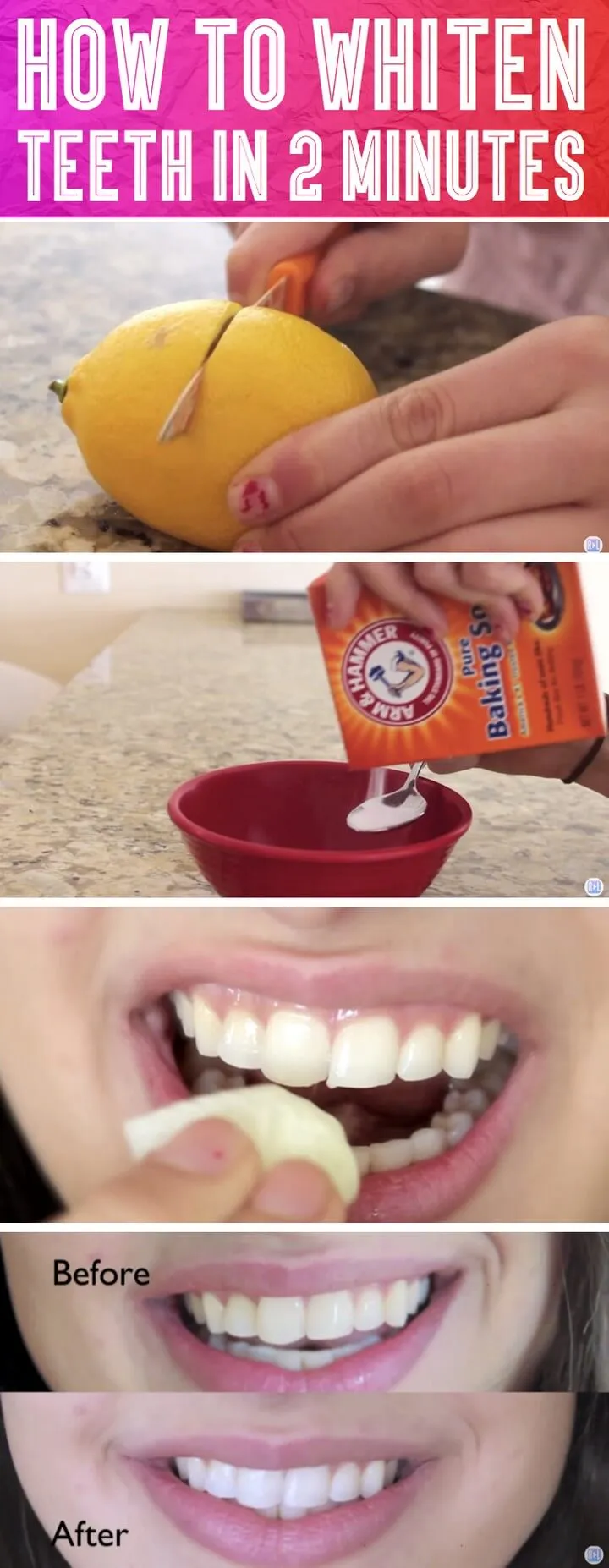
Professional teeth whitening methods are performed by dentists and offer the most effective and quickest results. These treatments use higher concentrations of bleaching agents than at-home options, which can significantly lighten the shade of your teeth in a single session. Professional whitening is especially effective for deeper stains and discoloration that at-home methods may not fully address. In-office treatments are supervised by a dentist, ensuring the safety and proper application of the whitening agent. The dentist can also provide customized trays for take-home whitening, which offer a more personalized and controlled approach. It is important to consult with your dentist to determine the best professional whitening option based on your individual needs and oral health. Professional whitening treatments often provide longer-lasting results compared to at-home methods, making them a worthwhile investment for those seeking a dramatically brighter smile.
In-Office Whitening
In-office teeth whitening, also known as chairside bleaching, is a procedure performed by a dentist in their office. This method involves applying a high-concentration bleaching gel to the teeth, which is then activated by a special light or laser. The entire procedure usually takes about an hour and provides immediate and noticeable results. Before the treatment, the dentist will assess your oral health and protect your gums and soft tissues to prevent irritation. The results of in-office whitening can vary depending on the individual and the severity of the discoloration. Patients can typically achieve multiple shades lighter in a single session. In-office whitening is a safe and effective option, especially for those seeking immediate and dramatic results. It is a great option for those who have important events or want to see a significant improvement quickly.
Cost of Teeth Whitening
The cost of teeth whitening varies depending on the method chosen, with at-home options being generally more affordable than professional treatments. Whitening toothpastes are the most inexpensive option, typically costing a few dollars. Whitening strips are slightly more expensive, with prices ranging from $20 to $50. The cost of professional teeth whitening is higher, with in-office treatments costing several hundred dollars per session. The price of professional whitening can vary depending on factors such as the dentist’s location and the specific treatment used. It is important to consider the long-term cost-effectiveness of each option when making your decision. While professional treatments may be more expensive upfront, they can offer more significant and longer-lasting results, which may ultimately save you money in the long run by reducing the need for repeated treatments. Consulting with your dentist can help you understand the costs associated with different teeth whitening options and determine the best approach for your budget and desired results.
Factors That Affect Teeth Whitening

Several factors can influence the effectiveness and longevity of teeth whitening treatments. Understanding these factors can help you manage expectations and make informed decisions about teeth whitening. Some factors are related to your diet and lifestyle, while others are related to your oral hygiene habits. Recognizing these factors and taking appropriate measures can help to optimize your teeth whitening results and maintain a bright and healthy smile. It is important to consult with your dentist to discuss how these factors might impact your individual whitening experience. They can provide personalized recommendations and guidance to help you achieve your desired outcome and maintain a beautiful smile.
Diet and Lifestyle
Your diet and lifestyle choices can significantly impact the color of your teeth and the longevity of teeth whitening treatments. Certain foods and beverages, such as coffee, tea, red wine, and berries, contain pigments that can stain your teeth. Tobacco use is another significant contributor to tooth discoloration. To maintain a white smile, it is essential to limit your consumption of staining foods and drinks. Rinsing your mouth with water after consuming these items can help to minimize their impact. Avoiding tobacco use is also crucial, as it not only stains your teeth but also poses serious health risks. Adopting a balanced diet and making mindful choices regarding your lifestyle can significantly extend the results of your teeth whitening treatment and help you maintain a brighter smile.
Oral Hygiene Habits
Proper oral hygiene habits play a crucial role in maintaining a white smile and extending the results of teeth whitening. Brushing your teeth twice a day and flossing daily helps to remove plaque and food particles, which can contribute to tooth discoloration. Regular dental checkups and professional cleanings are also essential for removing stubborn stains and ensuring optimal oral health. Your dentist can provide personalized recommendations and guidance on maintaining good oral hygiene practices. In addition, using a whitening toothpaste or mouthwash can help maintain the brightness of your teeth. By diligently practicing good oral hygiene, you can prolong the effects of your teeth whitening treatment and keep your smile looking its best. Maintaining consistent oral hygiene routines can prevent staining and provide long-term results for your teeth whitening efforts.
Maintaining Your White Smile
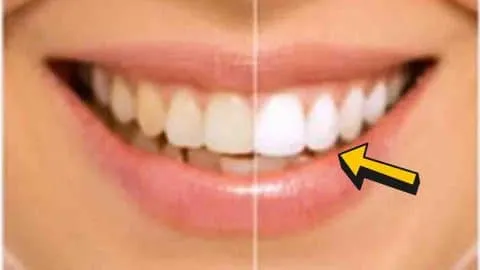
Maintaining a white smile requires ongoing effort and care. After undergoing teeth whitening, whether at-home or professional, it is important to take steps to preserve your results. This involves a combination of lifestyle adjustments, good oral hygiene practices, and, in some cases, occasional touch-up treatments. Regular dental checkups and cleanings are essential for removing stains and maintaining your overall oral health. Your dentist can provide personalized recommendations to help you keep your smile bright and healthy. Taking proactive steps to maintain your results will extend the benefits of teeth whitening and allow you to enjoy a beautiful smile for years to come.
Tips for Long-Lasting Results
To achieve long-lasting teeth whitening results, consider these tips. Limit your intake of staining foods and beverages, such as coffee, tea, and red wine. Rinse your mouth with water after consuming these items to minimize their impact. Maintain a consistent oral hygiene routine by brushing your teeth twice a day and flossing daily. Schedule regular dental checkups and professional cleanings to remove stains and maintain oral health. Consider using a whitening toothpaste or mouthwash to help maintain the brightness of your teeth. If needed, discuss touch-up treatments with your dentist to address any new staining. By following these simple guidelines, you can enjoy a bright, white smile for an extended period and maximize the benefits of your teeth whitening treatment.
